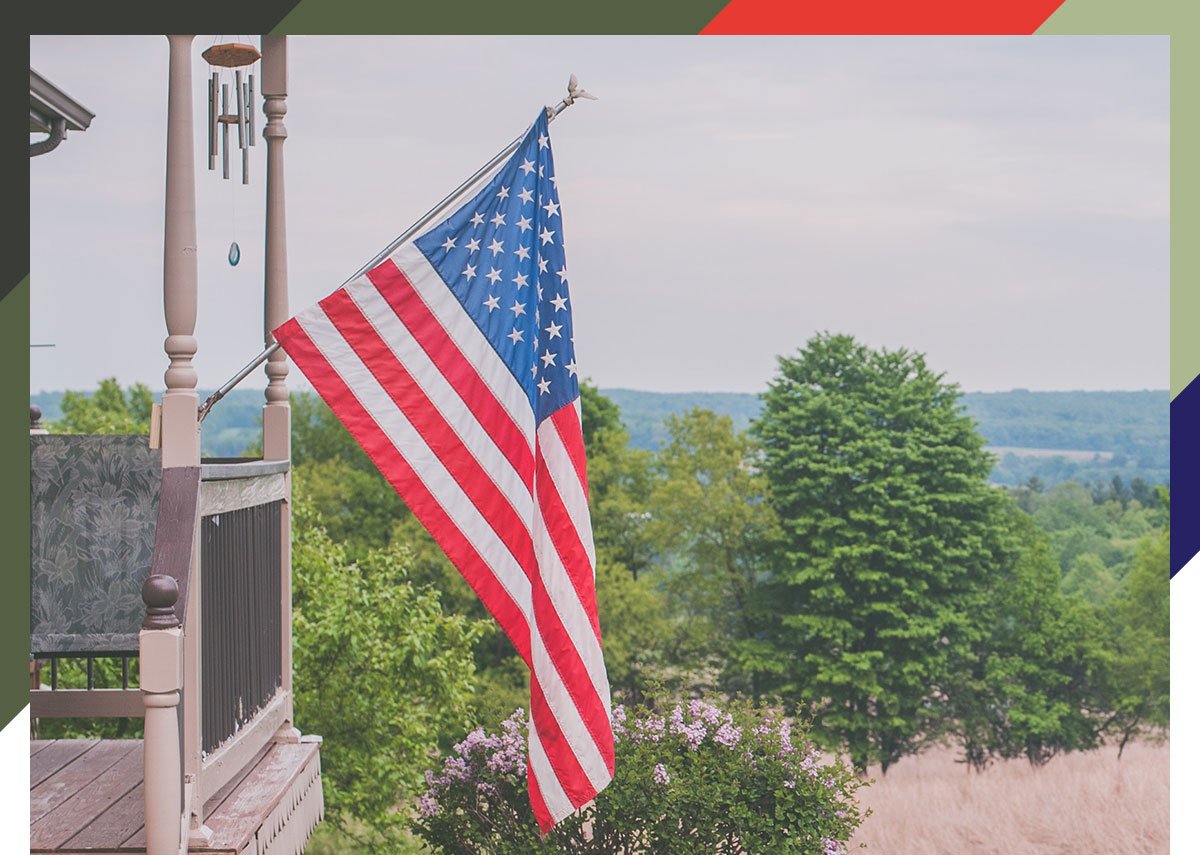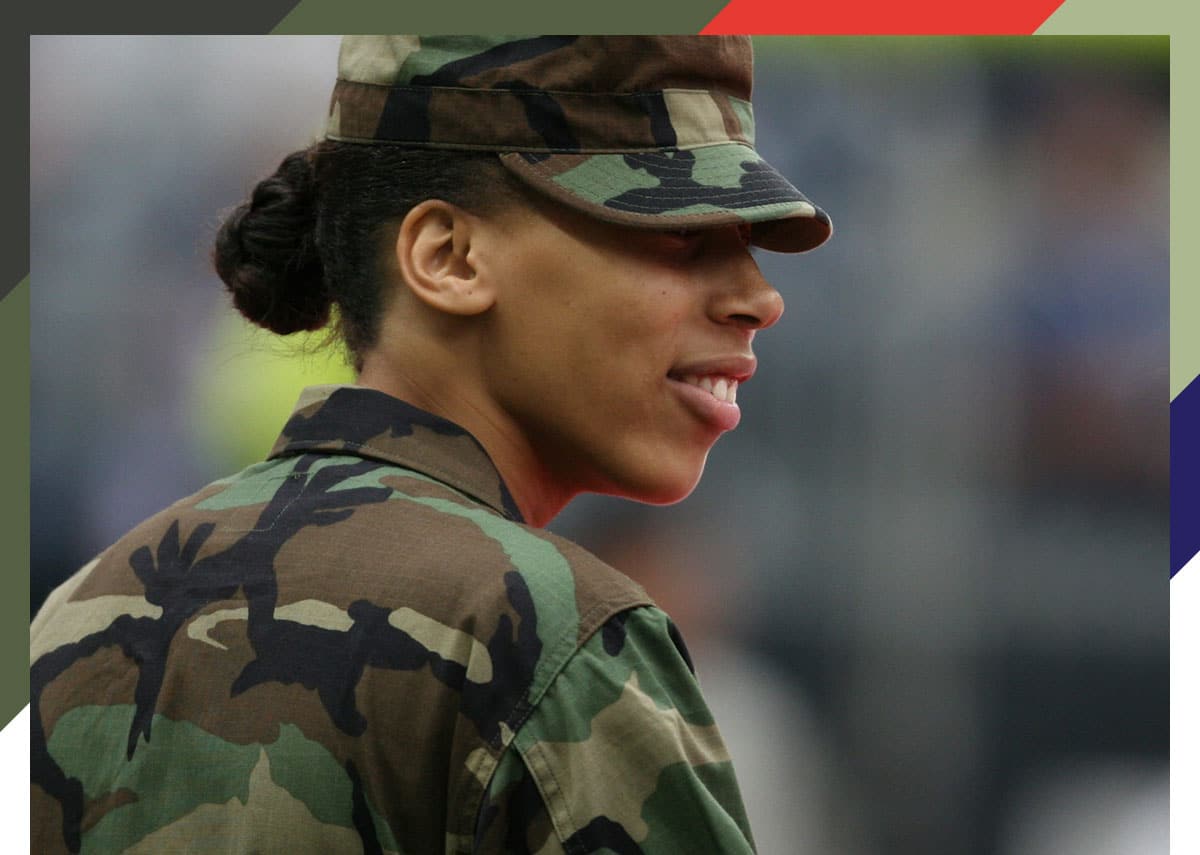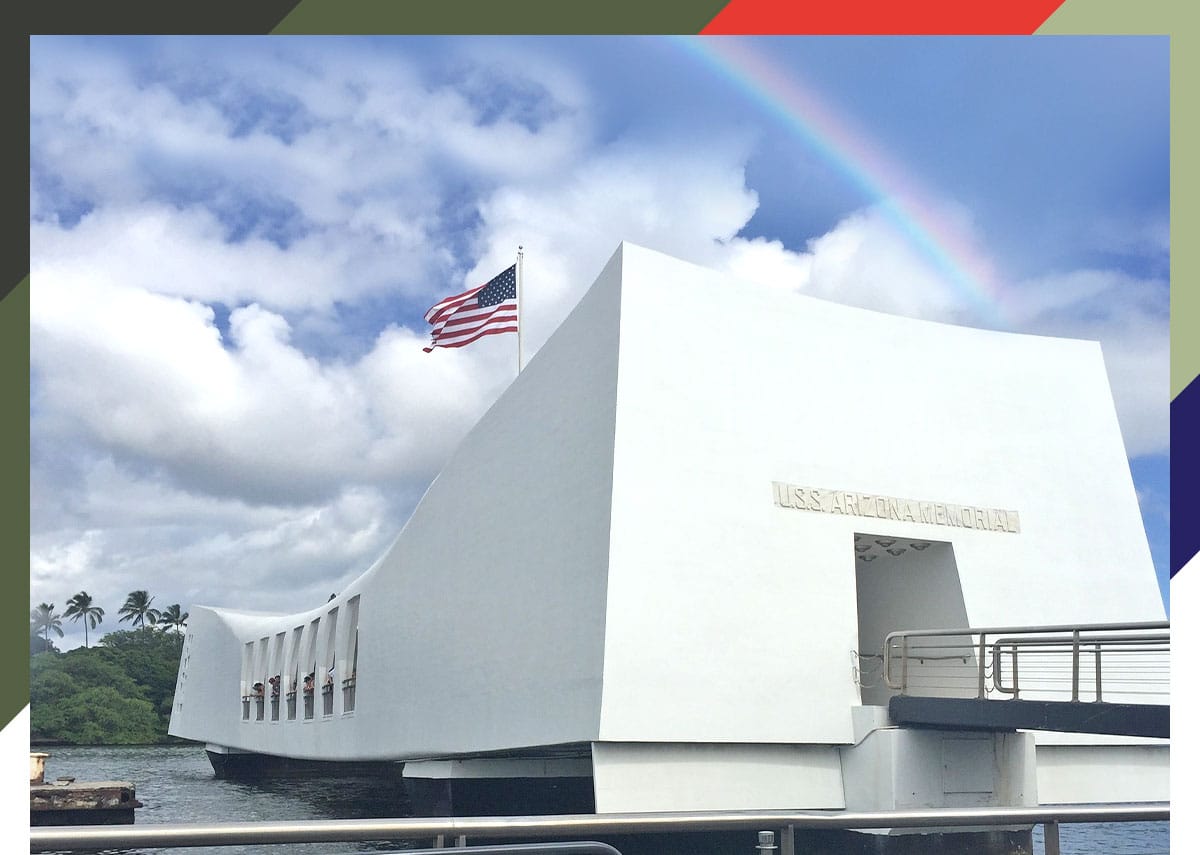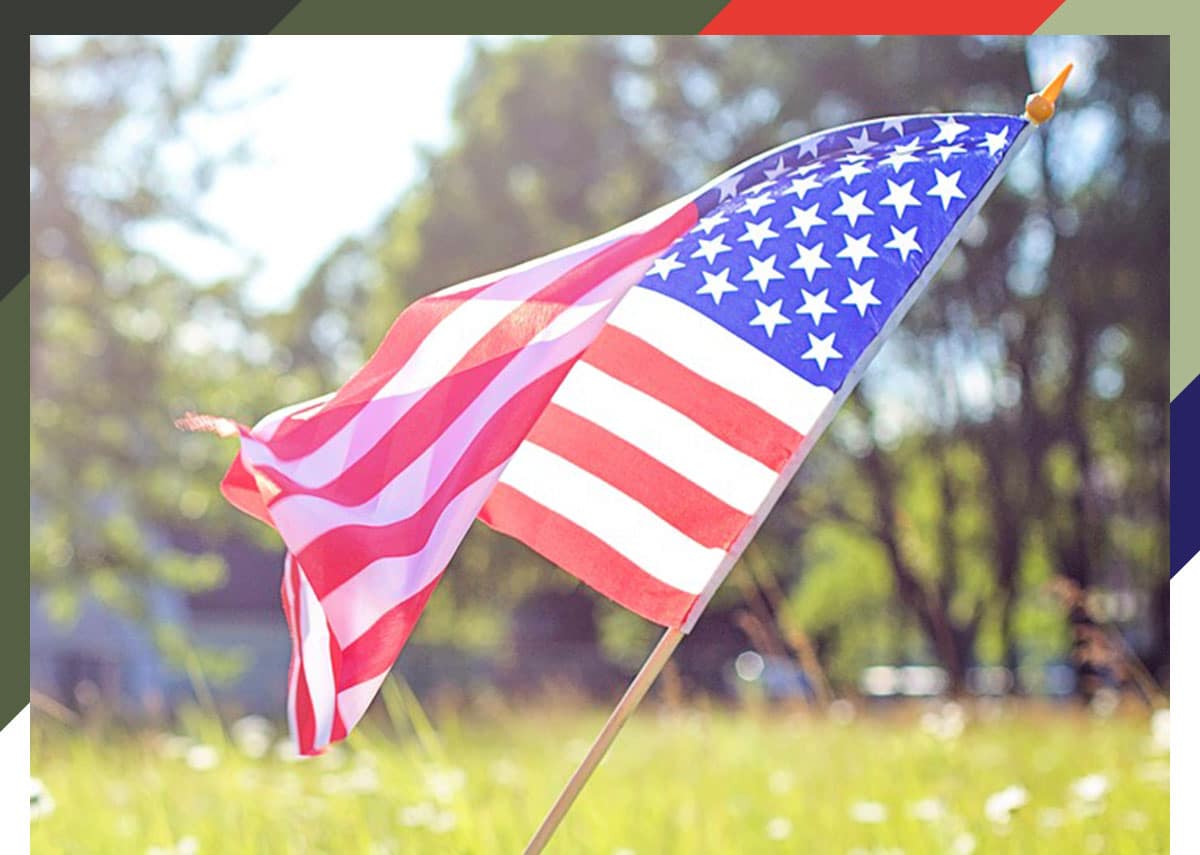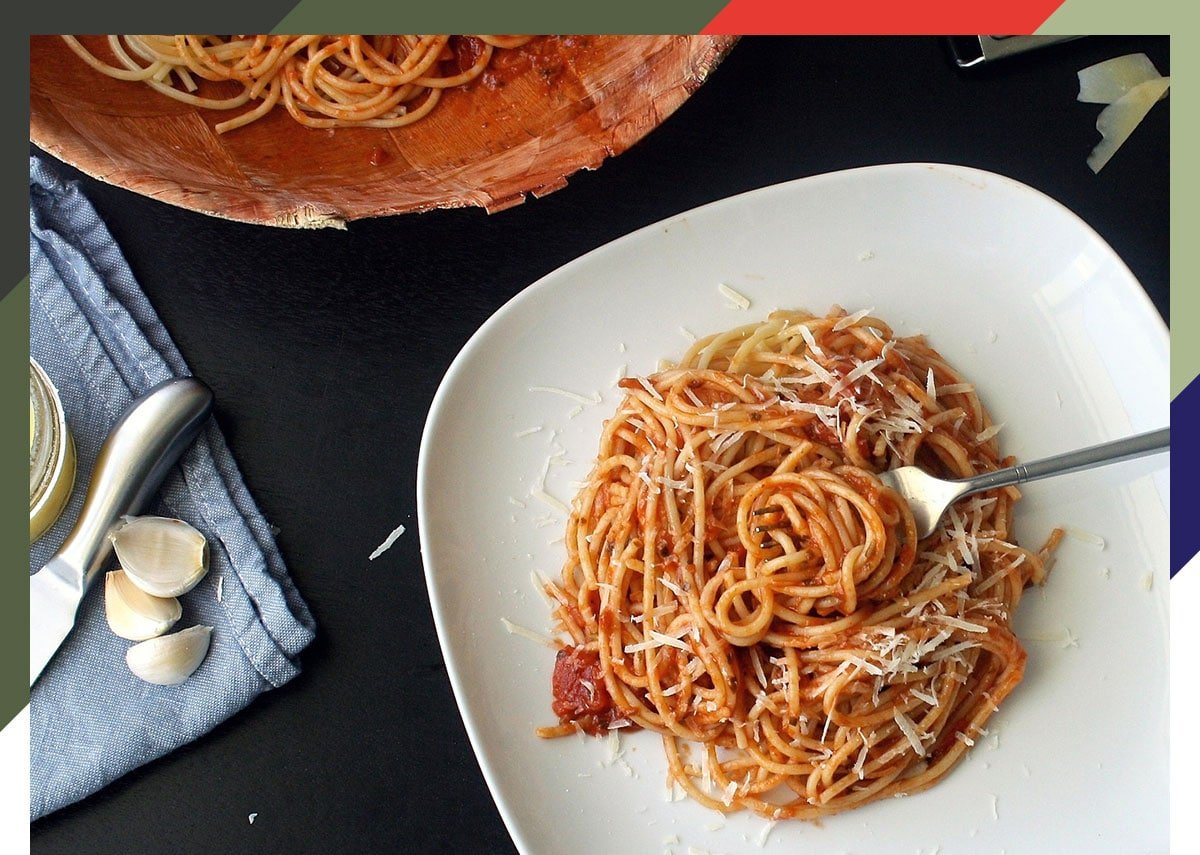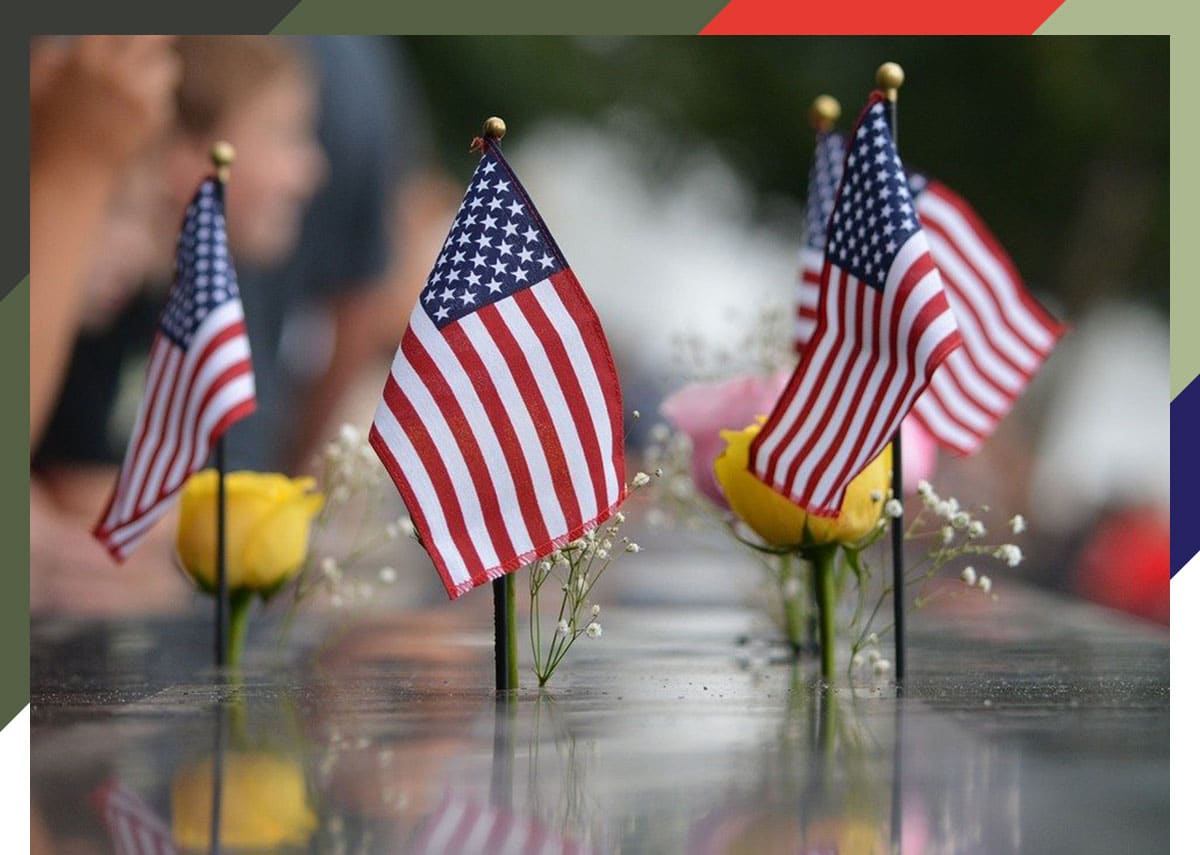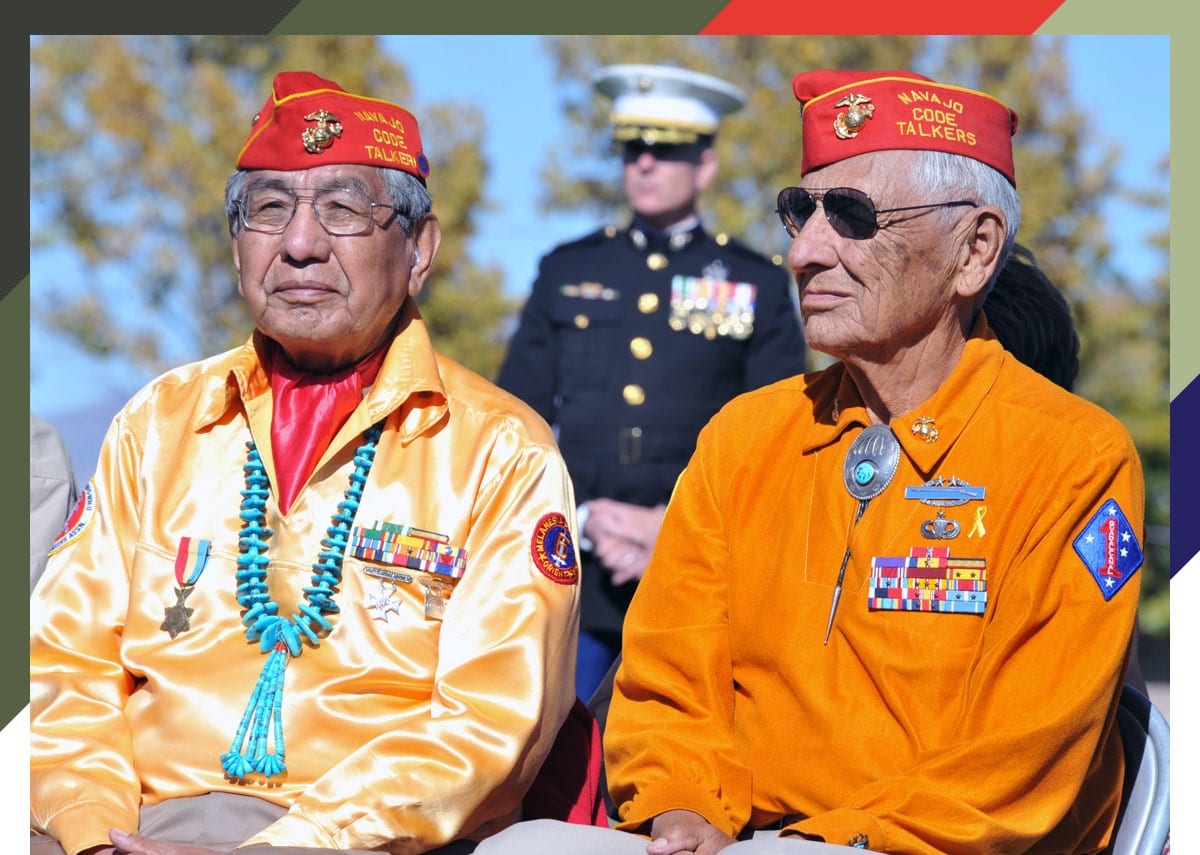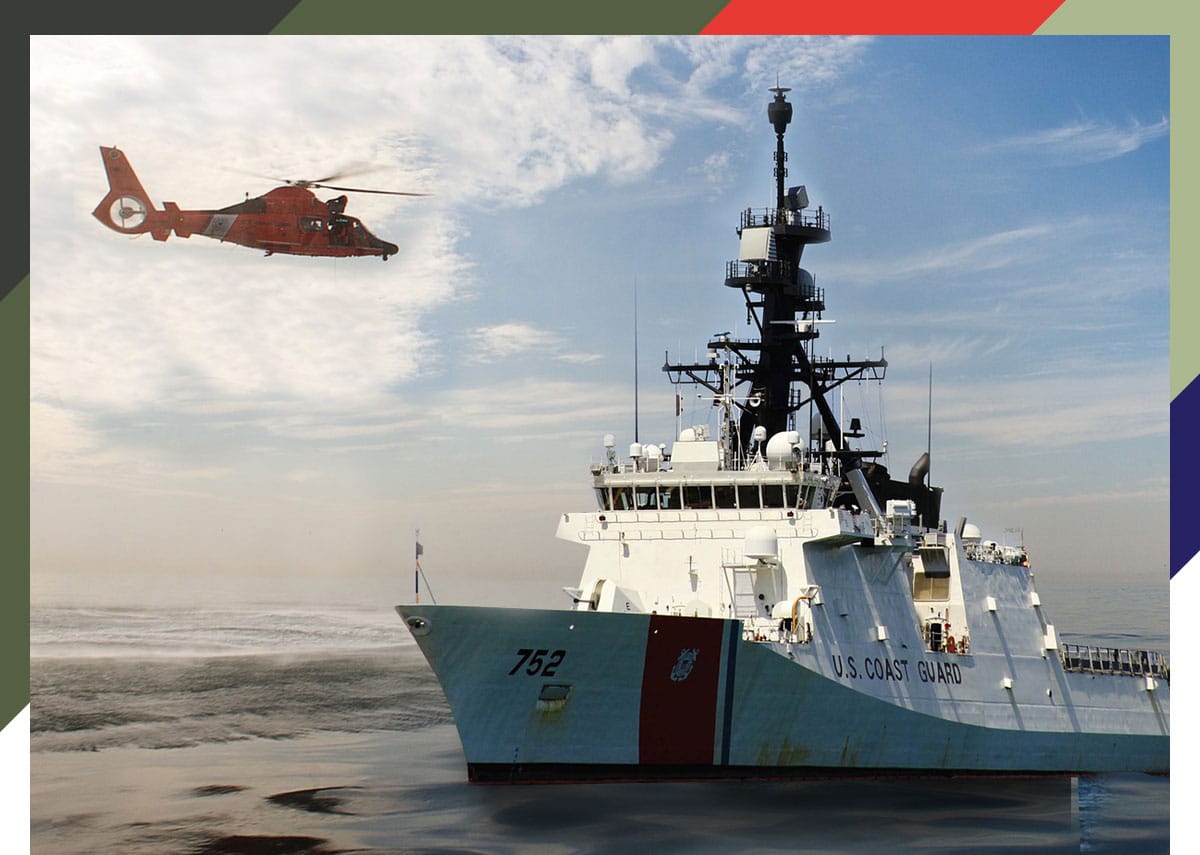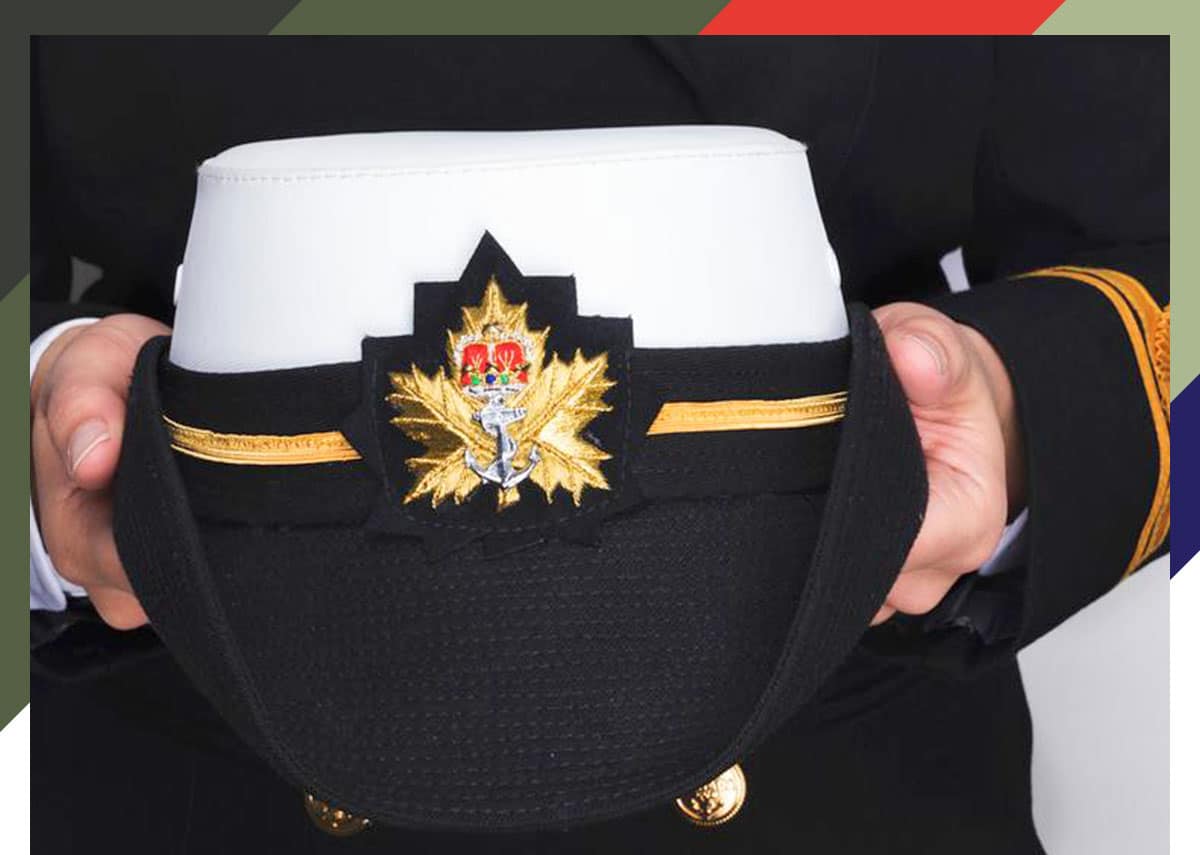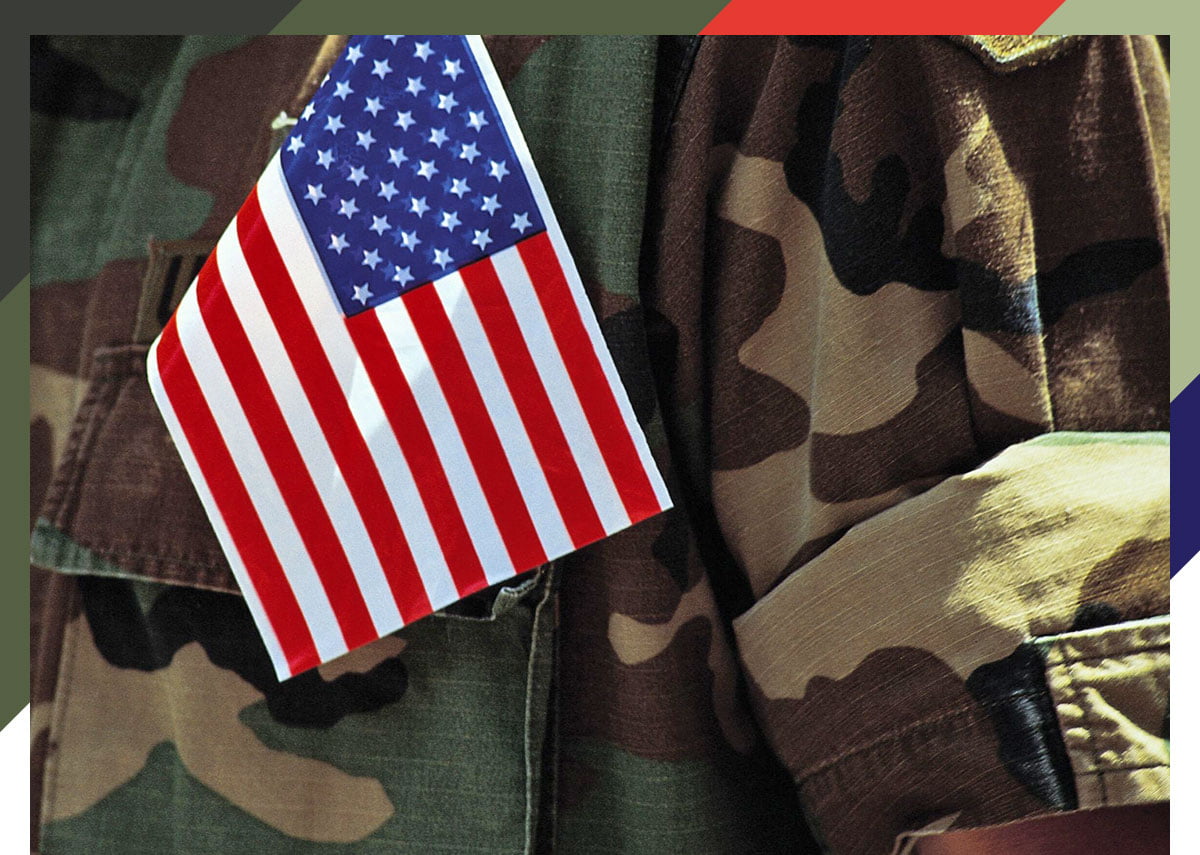They Both Honor Military Members, But for Different Reasons
There are so many American holidays centered around patriotism and ways to thank military members for their service. Two of these days, Memorial Day and Veterans Day, are often easily confused or misunderstood altogether.
Both are Federal holidays. Both honor the military. But they’re actually quite different. You’ll want to understand the nuances of both before wishing your military hero a “Happy Memorial Day” or “Happy Veterans Day,” interchangeably.
Memorial Day - the Last Monday in May - Honors Those Who Died During Their Military Service
Memorial Day got its start just after the Civil War, when people would leave floral arrangements on the graves of fallen soldiers. In 1866, Waterloo, New York, made this a formal ritual called “Decoration Day,” because of its focus on decorating graves of soldiers.
In 1868, the first ever National Decoration Day took place at Arlington National Cemetery. By the late 1800s, people across the country were acknowledging the day. The holiday was renamed Memorial Day, because it is a day in memory of fallen military service members.
You can, of course, celebrate Memorial Day any way that you’d like, but it’s best to use the day to pay respects to our country’s heroes who lost their lives during their service. It may not be the best idea to give gifts for veterans or living military members on this day, however, as it is meant to honor past heroes.
Veterans Day - on November 11 - Honors All Military Members
Veterans Day is another Federal holiday focused on military members. Unlike Memorial Day, though, Veterans Day is a day to celebrate and be thankful for anyone who has served in the U.S. military.
First observed in 1919 as Armistice Day – the first anniversary of the end of World War I – Congress made it a Federal holiday in 1938. President Eisenhower changed the name of the holiday to Veterans Day in 1954.
Veterans Day is the best holiday to send a gift for military members and veterans to thank them for their service.
Gifts for Veterans and Military Members
To help your loved one celebrate Veterans Day, send them a military care package from My Hero Crate! Our one-time snack boxes or monthly subscription boxes are ideal gifts to bring good cheer and motivation to your loved one serving away from home.
They’re also great gifts for veterans, who will remember the happiness and contentment they felt when they received care packages from home while they were deployed.
Order your military member gifts from My Hero Crate, and get free shipping anywhere in the U.S., and to any APO, FPO, or DPO mail box in the world. Best of all, we’ll make a donation to a non-profit, veteran-backed organization for each care package purchased!
Shop today to find the perfect military gift box for your hero, or sign them up for a monthly subscription box for armed forces members.
